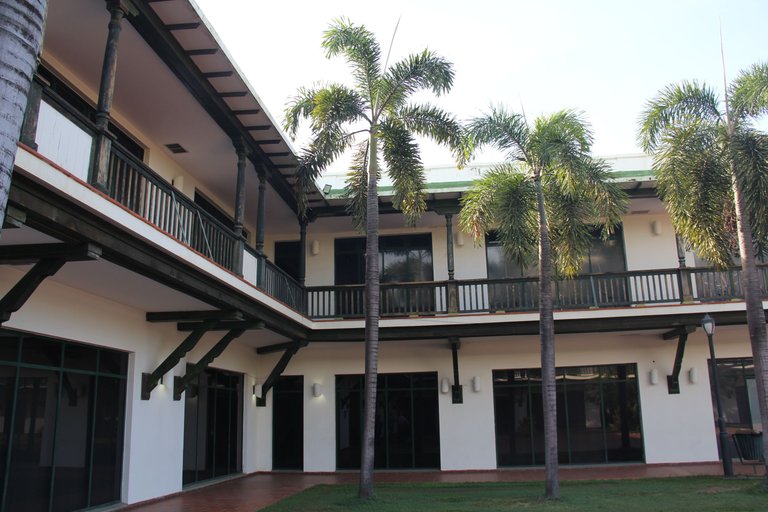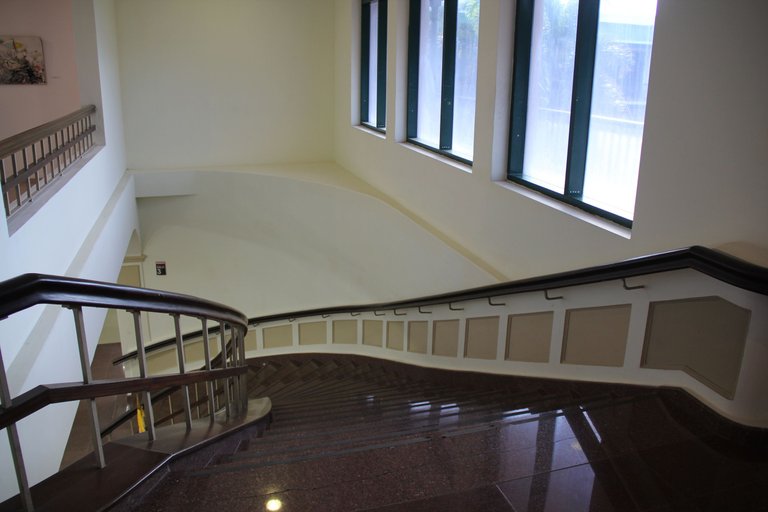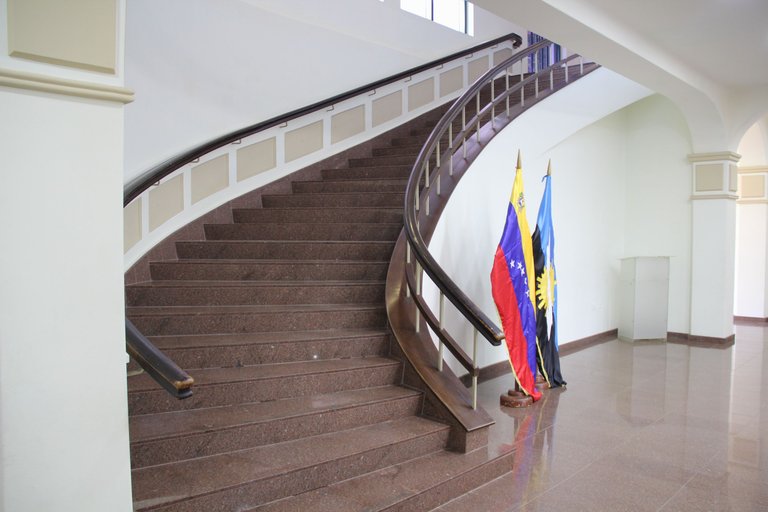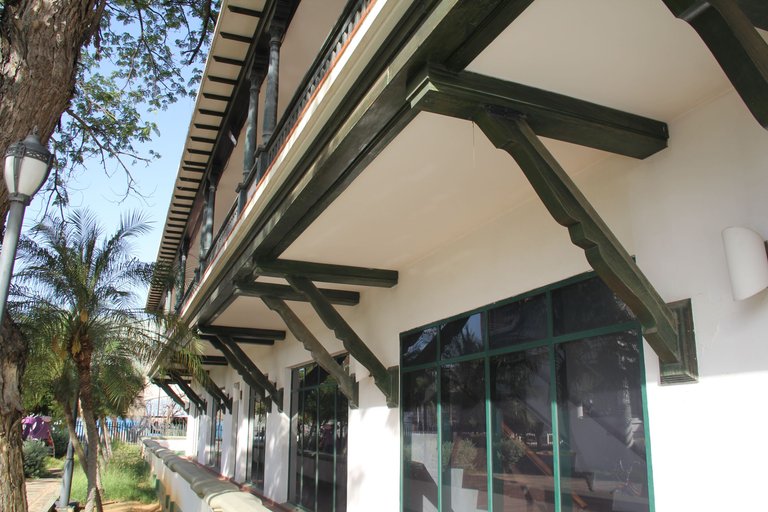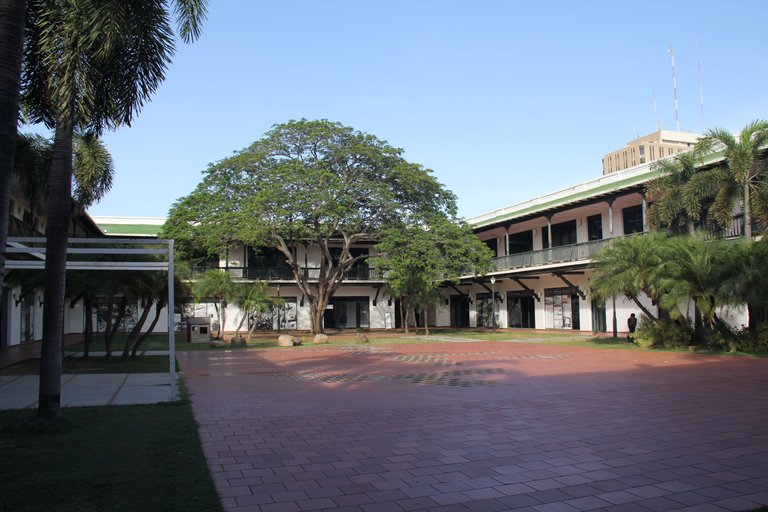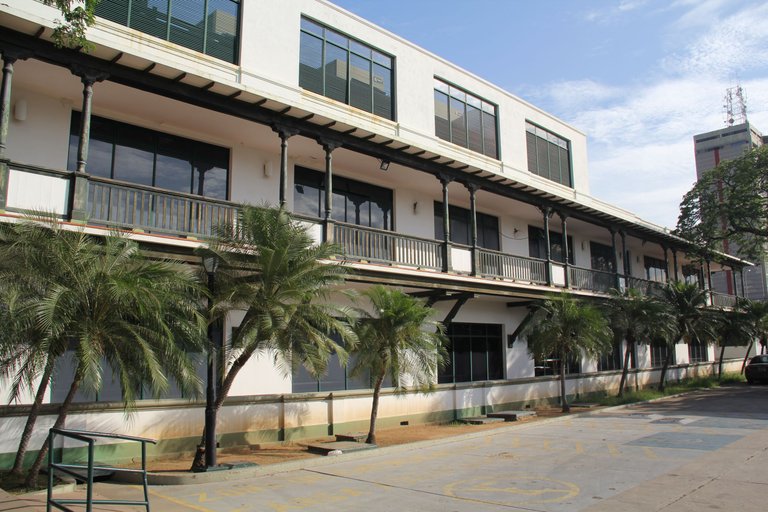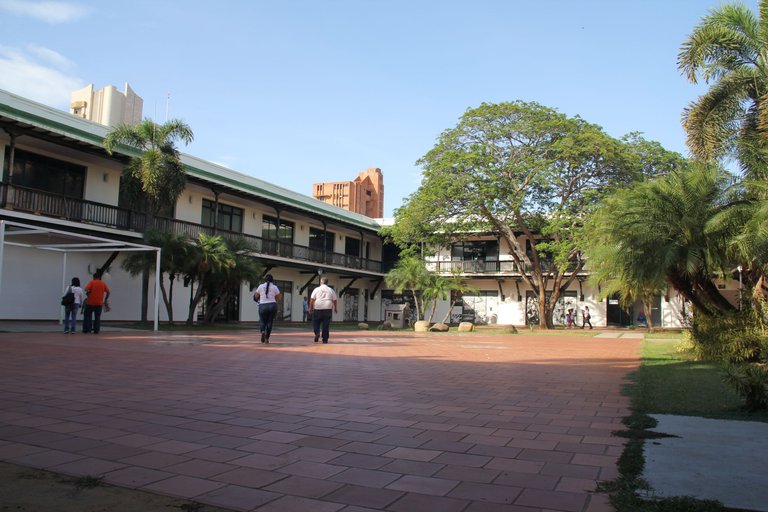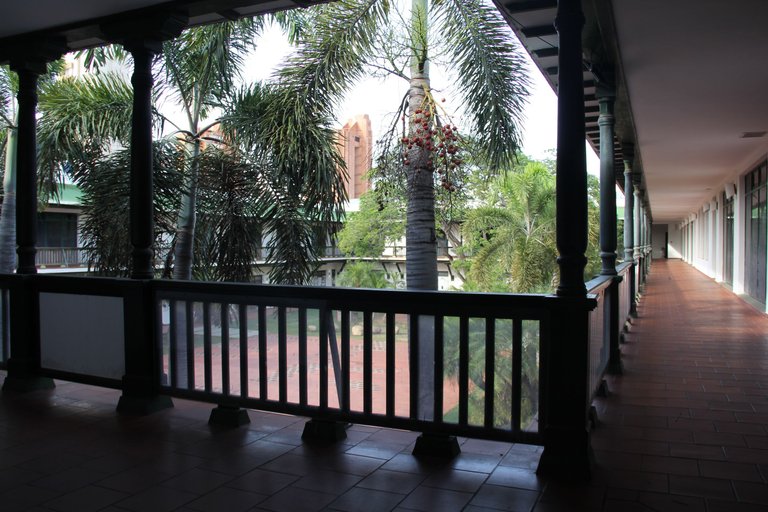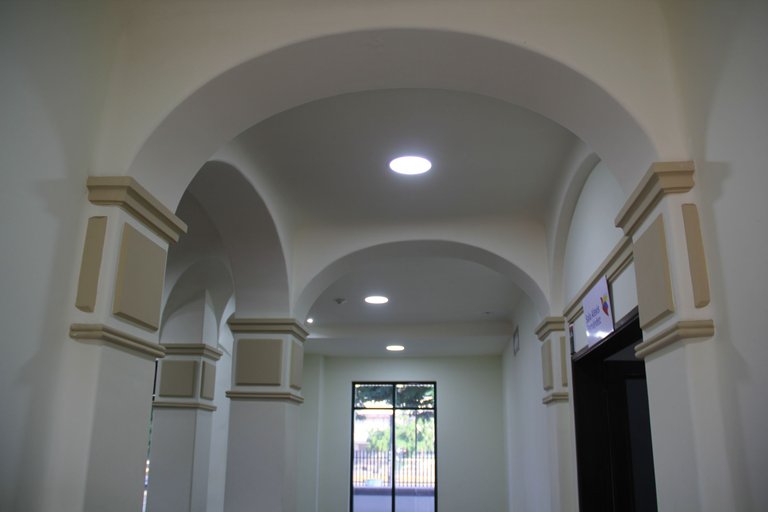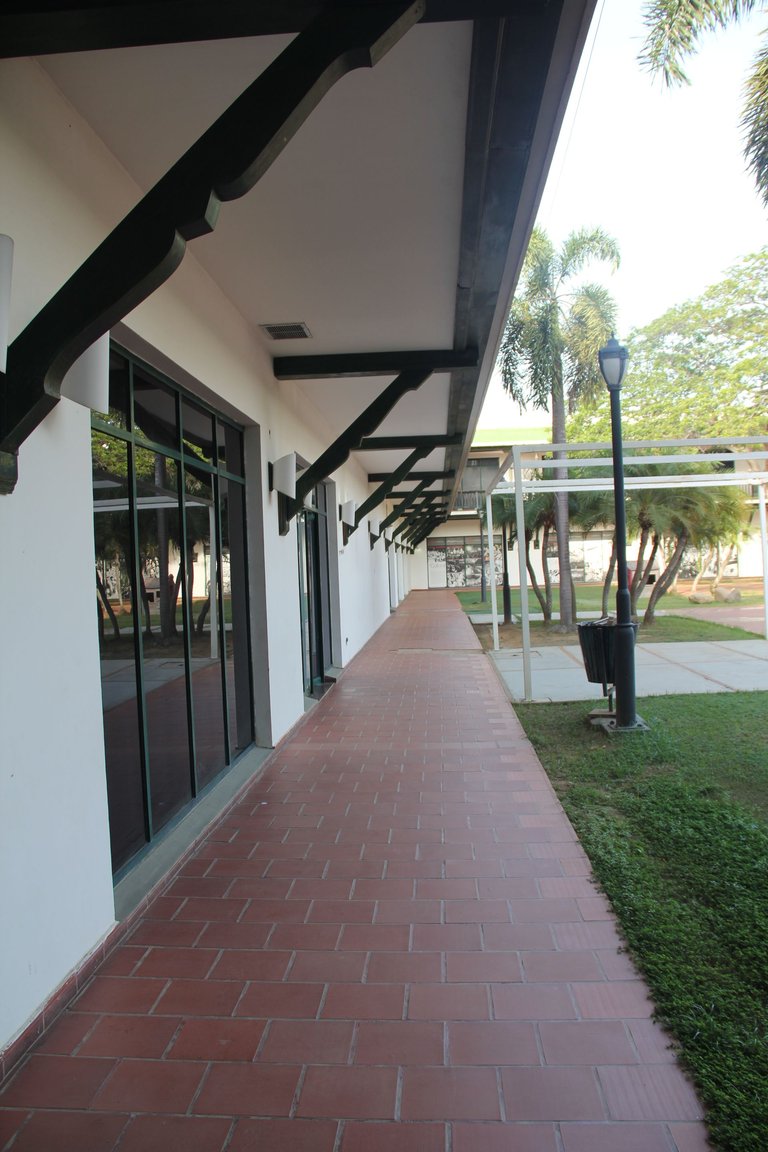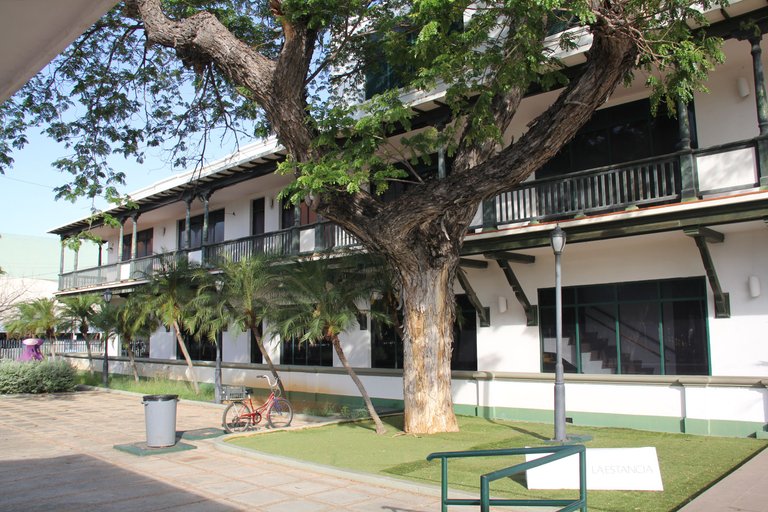Despite Venezuela's close territorial proximity and historical relationship with the so-called Dutch Antilles, it is not very common to see architecture with a Dutch heritage in these lands. However, based on my own experience, I can say that the state of Zulia is an exception.
And this is due to a matter of contemporary history and is linked to the industrial-level exploitation of the oil fields in the state of Zulia in the early 20th century. Various foreign companies, including Royal Dutch Shell, a pioneering Dutch oil company in this field, established themselves in our country since the early years of the so-called Venezuelan oil boom.
What is now the headquarters of PDVSA La Estancia, the so-called social and cultural arm of the Venezuelan state oil company, was at one time the main administrative headquarters of Royal Dutch Shell in our country. Built in 1928, and baptized as "Edificio Las Laras", its architecture stands out at first glance as a tropicalized adaptation of the Dutch style, similar to what we can find in the Antilles.
Its design stands out as a spacious and airy two-story construction, with a large central courtyard, its balconies and wooden slats are distinctive features of this building.
Near the area, I could appreciate other houses, apparently residential and some already converted into businesses, also with Dutch-style architecture, I suppose inherited from that era that drastically changed the historical course of the city of Maracaibo and our entire country.
These constructions not only reflect a particular style, but they also tell a story that is also national, associated with the modernity and accelerated urbanity brought about by the oil boom that forever transformed the Venezuelan economy and society.
ESPAÑOL
La huella holandesa en la arquitectura de Maracaibo.
A pesar de la gran proximidad territorial y relación histórica que tiene Venezuela con las llamadas Antillas Holandesas, no es muy común ver arquitectura de herencia holandesa por estas tierras. Sin embargo, según mi propia experiencia, puedo decir que el estado Zulia es la excepción.
Y esto se debe a un asunto de historia contemporánea y está vinculado con la explotación a nivel industrial de los yacimientos petrolíferos del estado Zulia a principios del siglo XX. Diversas compañías extranjeras, entre ellas la Royal Dutch Shell, una empresa petrolera holandesa pionera en la extracción de este rubro, se instaló en nuestro país desde los primeros años del llamado boom petrolero venezolano.
Lo que hoy es la sede de PDVSA La Estancia, el llamado brazo social y cultural de la empresa petrolera estatal venezolana, fue en su momento la sede administrativa principal de la Royal Dutch Shell en nuestro país. Construida en 1928, y bautizada como “Ediicio Las Laras” a primera vista su arquitectura resalta por ser una adaptación tropicalizada de estilo holandés, similares a las que podemos encontrar en las Antillas.
Su diseño destaca por ser una amplia y fresca construcción de dos niveles, con un gran patio central, sus balcones y sus listones de madera son características distintivas de esta edificacion.
Cerca de la zona, pude apreciar otras casas, aparentemente residenciales y algunas ya convertidas en comercios, también con arquitectura del estilo holandés, supongo que heredada de esa época que cambió drásticamente el devenir histórico de la ciudad de Maracaibo y de todo nuestro país.
Estas construcciones no solo reflejan un estilo particular, sino que también cuentan una historia que también es nacional, asociada a la modernidad y la urbanidad acelerada que trajo el auge petrolero que transformó para siempre la economía y la sociedad venezolana.

